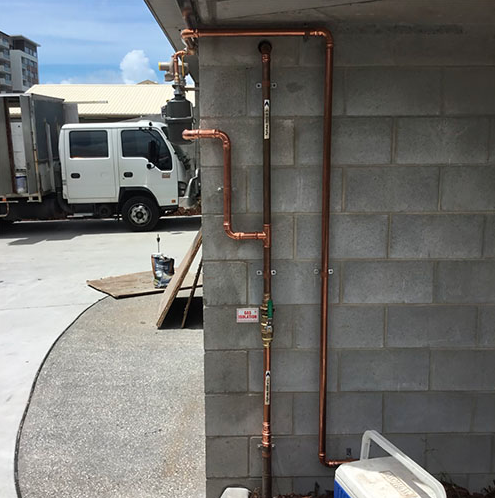
What is involved in gas fitting work?
Posted by on 2025-03-07
Gas fitting work involves the installation, maintenance, and repair of gas systems in residential, commercial, and industrial settings. This type of work requires specialized training and certification to ensure that it is done safely and effectively.
One of the key aspects of gas fitting work is installing gas pipes and appliances according to building codes and safety standards. This includes ensuring that all connections are secure, leak-free, and properly sealed to prevent the risk of gas leaks or explosions. Gas fitters must also have a thorough understanding of different types of gases, their properties, and how they interact with various materials.
In addition to installation, gas fitters are responsible for maintaining and repairing gas systems to keep them in good working order. This may involve performing routine inspections, testing for leaks, replacing faulty components, or troubleshooting issues with gas appliances. Gas fitters must be able to identify potential hazards and take appropriate measures to address them before they become a serious problem.
Safety is a top priority in gas fitting work, as working with natural gas or propane can be dangerous if not handled properly. Gas fitters must follow strict safety protocols at all times to protect themselves, their clients, and the surrounding environment from potential risks. This includes using proper tools and equipment, wearing protective gear, and following established procedures for handling and disposing of hazardous materials.
Overall, gas fitting work requires a high level of skill, knowledge, and attention to detail to ensure that gas systems operate safely and efficiently. By staying up-to-date on industry standards and best practices, gas fitters can help prevent accidents and ensure that everyone remains safe when using gas appliances in their homes or businesses.